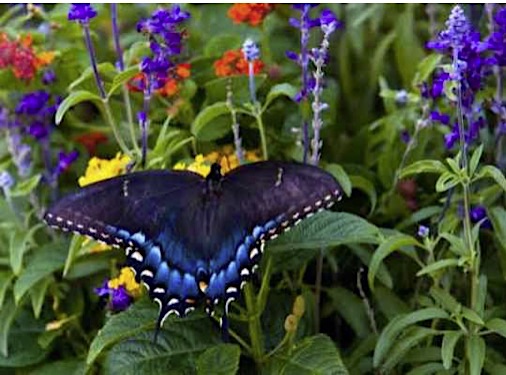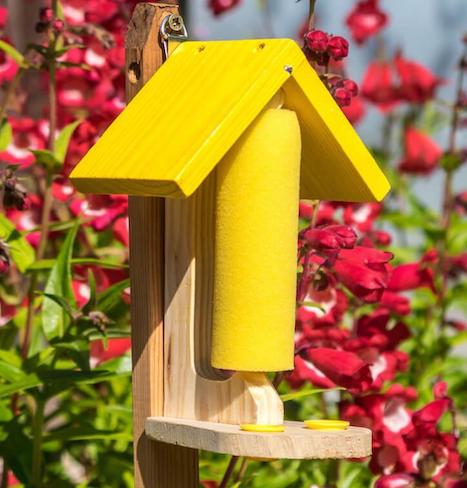-
October is National Bat Appreciation and Raptor Month
Celebrate Bats & Owls as October recognizes both cool species!
There couldn’t be a more fitting time of year to think about bats! The great thing is that bat houses and owl boxes help both species thrive, and they’ll take you up on cozy digs if offered in suitable habitat.
Beneficial to have around your property for rodent and insect control, bats and owls could use a helping hand as their natural habitats continue to shrink.
If you’ve ever climbed up in the attic to find a bat or two clinging to the vent screen… it can be a bit unnerving! But the flying mammals are fairly harmless and sadly, quite misunderstood. Popular at Halloween for their cryptic character, the Organization for Bat Conservation (OBC) has been established to educate and inspire people to save bats.
Installing a bat house is advantageous as these not-so mysterious creatures consume thousands of insects nightly, not to mention that as pollinators, bats help gardens thrive. Cool factoid: Being the sole pollinator of the agave plant, if it weren’t for bats there would be no tequila! Bat boxes are available from single- to 5-chambers, in durable cedar or recycled plastic.
WHHHOOOOO would’ve thunk it?
Owls seize every opportunity to find shelter and food sources wherever possible. When it comes to habitat, owls are versatile as they reside in wooded areas (most common), rain forests, grasslands, and open prairie. As long as owls are able to stake claim to their own territory and hide from predators during the day, they are survivors.
The common misunderstanding is that owls live in tree-tops but the reality is, they live in tree trunks, abandoned structures and barn rafters. Some live in shrubs and bushes where you would never think to look for them. Often, these birds are not found high off the ground as many people believe. Owls will use a suitable hollowed out log or opening in a tree for nesting, bud sadly dead trees and snags are often discarded by land owners.
Truth be told is that owls need not be perched up high to find their prey. They’ll hunt right from their nest location or owl house instead of using a perch like most birds. Some owl species like the Great Horned- will not start a new nest, instead claiming nests of other raptors or Common Ravens that have been left behind. Barn Owls are known to roost year-round in their houses, so clean-out is best during non-breeding months in January/February.
Because owls are an isolating and territorial species, it’s believed that habitat loss could become critical for future survival. Even though they’re highly adaptable, owls like other wildlife are limited in what they can do without their natural habitat.
Interested in learning more to assist these majestic raptors? Install a species-specific owl house to offer cozy habitat for nesting and roosting.
-
Deter Unwanted Guests with Bird Seed Trays
Are rodents spoiling your bird feeding gig?
There’s a few easy ways to deter unwanted guests and get back to the most enjoyable hobby of feeding the birds!
Use Seed Trays: Adjustable bird seed trays aren’t just for hanging bird feeders, you can use them right on garden poles too. Depending on your set-up, there’s a seed tray that will work.
Recycled plastic and wooden birdseed trays (or seed catchers) feature tough metal screens that are easy to clean. These are perfect for 4×4 wood posts where the bird feeder is mounted on- or hanging from the top of post. The large platform areas also create additional feeding space for other birds who may not use the feeder itself, so it’s like getting an extra feeder for free.
Feed Clean: Because birds are like little kids, they tend to go for the good stuff- or rather the premium bits found in some seed mixes. Less expensive birdseed is really no bargain at all… when the seed is discarded and kicked out onto the ground, it becomes an open invite for pests!
Start with quality seed so there’s no waste left behind in the first place. No-Mess or No-Waste seed mixes may cost a little more but they do what their name implies. Sunflower hearts are also a great option for no-mess feeding because lots of different birds will partake. When high quality mixes are purchased in larger size bags, the cost is basically offset as to buying cheaper seed in small quantities. And everything is consumed by birds – not left on the ground for pests!
Use baffles: Keep pests (and squirrels) from climbing up to bird feeders. Some folks insist baffles don’t work- but they need to be installed correctly! You must be sure critters can’t jump sideways from something that allows them access to the feeder via super vault… a skill at which they’re quite capable!
Offer water: By far, the easiest and most effective way to attract birds! Fresh water is visited by birds who may not even use feeders, and especially during frigid weather- when natural water sources tend to freeze, it can be a life-saving element for your resident friendly fliers braving the elements.
Try one or a few of these options if you’ve given up on feeding feathered friends… you may be pleasantly surprised as the results should prove successful!
-
Add a Bee or Butterfly Feeder & Help Pollinators Thrive
“I am currently turning my weedy flower garden into a bird station with flowers for pollinators! (no more weeds!) I am very excited about my project and will have it completed by next Spring. So I am having fun perusing your website and procuring items to begin installation after Winter. For now, I’m preparing soil and tweaking my plans. Thanks for your wonderful shop! ” ~Nancy
The note above was recently sent in by a customer and friend… it’s simply music to our ears! Consider adding a bee or butterfly feeder to help all pollinators and to ease the great monarch migration in fall.
Fall plantings beyond your traditional mum varieties will extend your garden’s blooming season and even better yet, continue to attract butterflies! By choosing some of these beautiful, fall blooming plans in your garden, you’ll enjoy an abundance of blooms and continue to attract butterflies.
Even though we see a plethora of butterflies in spring and summer months surrounding our flowers, there are still many that have a need for nectar in the fall. Some varieties have migration paths as long as thousands of miles, so good nectar sources are needed along the way. Many butterflies are not migratory and continue searching for nourishment locally. Try your hand at some of these fall plantings for an additional bonus of butterflies to your garden!
Think red, yellow, pink, purple and other bright colors as you design your garden’s artistic palette of blooms for fall. Many flowers attract butterflies and are suitable for almost any garden. Consider plants that can withstand the season’s first or second frost. Some recommended plantings are:- Sedums: Easy to grow plants in gravelly soil in full sun with decent drainage.
Pink and Purple Asters: When sheared in the spring can produce a mound of pleasing, compact loads of daisy-like blooms - Salvia: Continue to bloom through the first hard frost come in many varieties and produce tubular blossoms to attract swallowtails, fritillaries, and other butterflies
- Latana: A favorite of butterflies that blooms in the summer until a hard, killing frost.
- Penta: A true love of the butterfly! Colors are typically bright red and work well in beds, borders, or in pots on a patio
Dark Night - Bluebears: Drought-tolerant for those of you living in dryer regions. Produces clusters of deep-blue flowers and typically grows 3 to 4 feet tall.
Remember, these are just a few varieties of fall bloomers to get you started! Consider fall planting choices for beauty-enhancing blooms and the additional benefit of nourishment for our butterfly friends!
- Sedums: Easy to grow plants in gravelly soil in full sun with decent drainage.
Hummingbird Feeders
about feeders & accessories

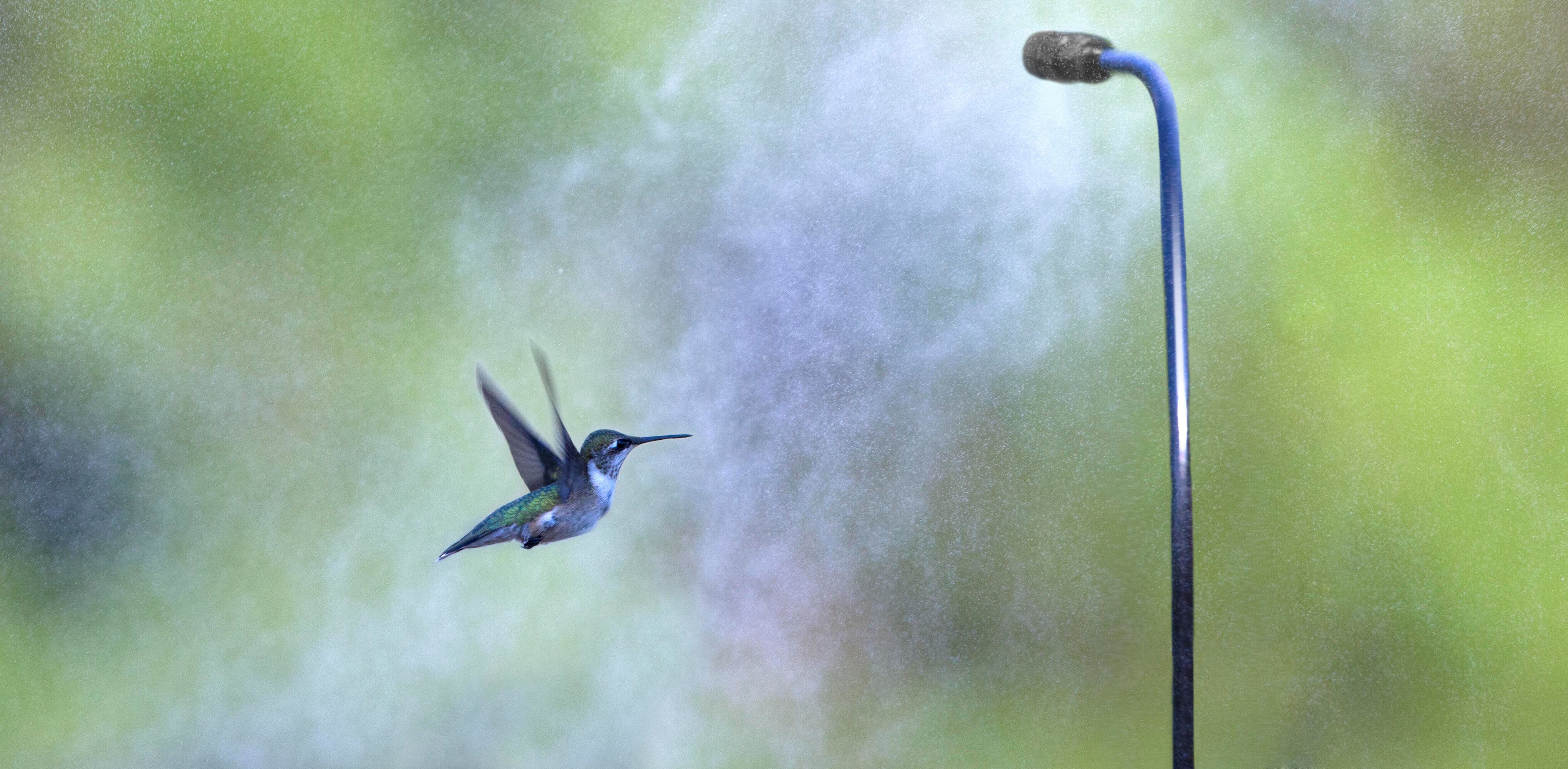
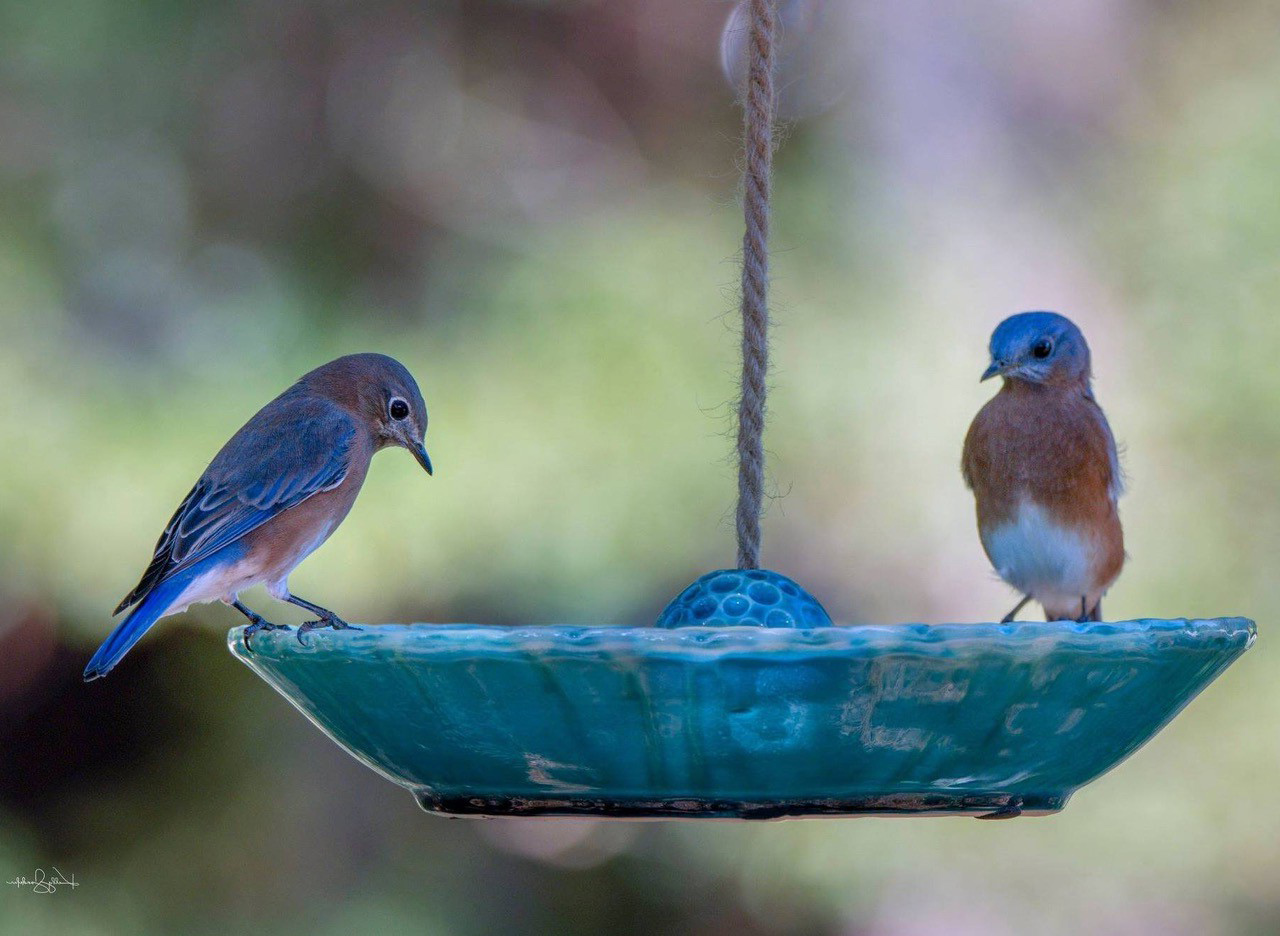
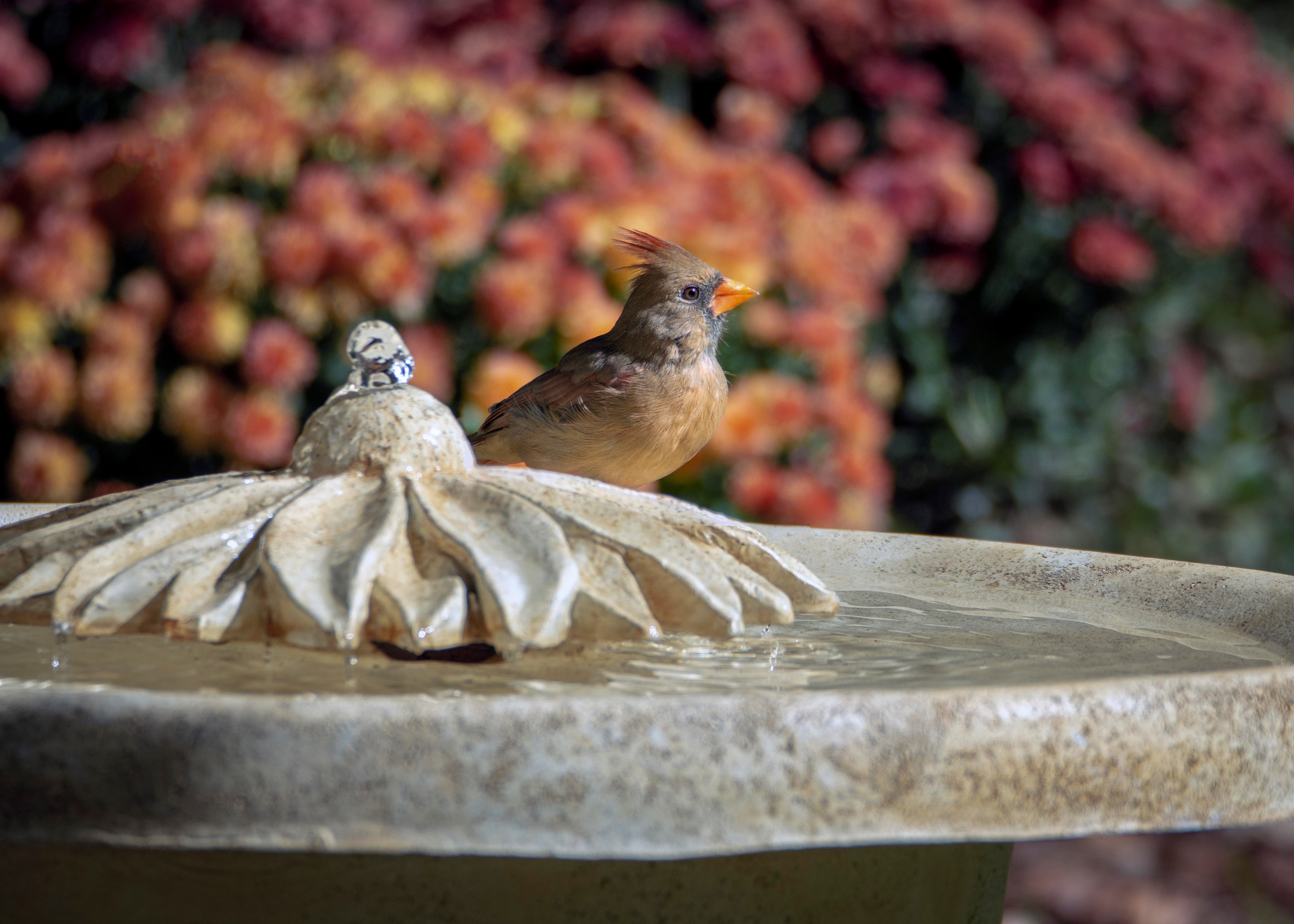
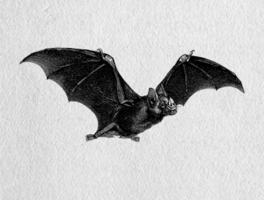 There couldn’t be a more fitting time of year to think about bats! The great thing is that bat houses and owl boxes help both species thrive, and they’ll take you up on cozy digs if offered in suitable habitat.
There couldn’t be a more fitting time of year to think about bats! The great thing is that bat houses and owl boxes help both species thrive, and they’ll take you up on cozy digs if offered in suitable habitat.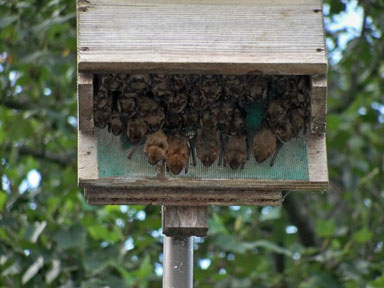
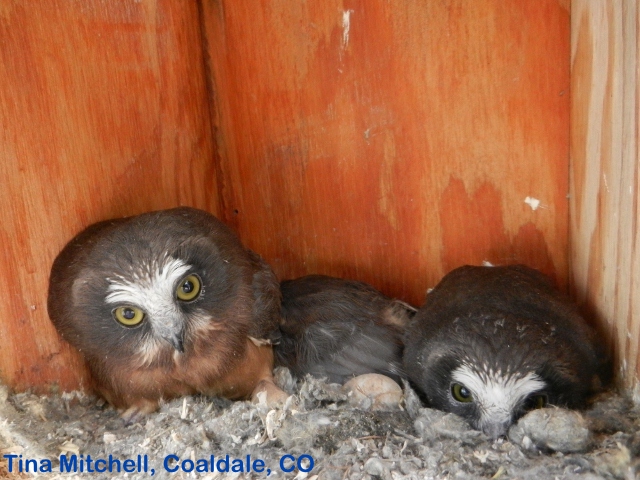

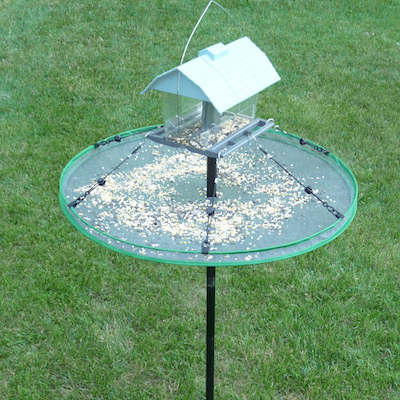
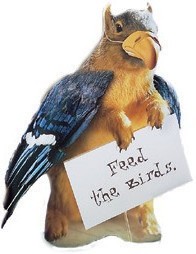 Try one or a few of these options if you’ve given up on feeding feathered friends… you may be pleasantly surprised as the results should prove successful!
Try one or a few of these options if you’ve given up on feeding feathered friends… you may be pleasantly surprised as the results should prove successful!